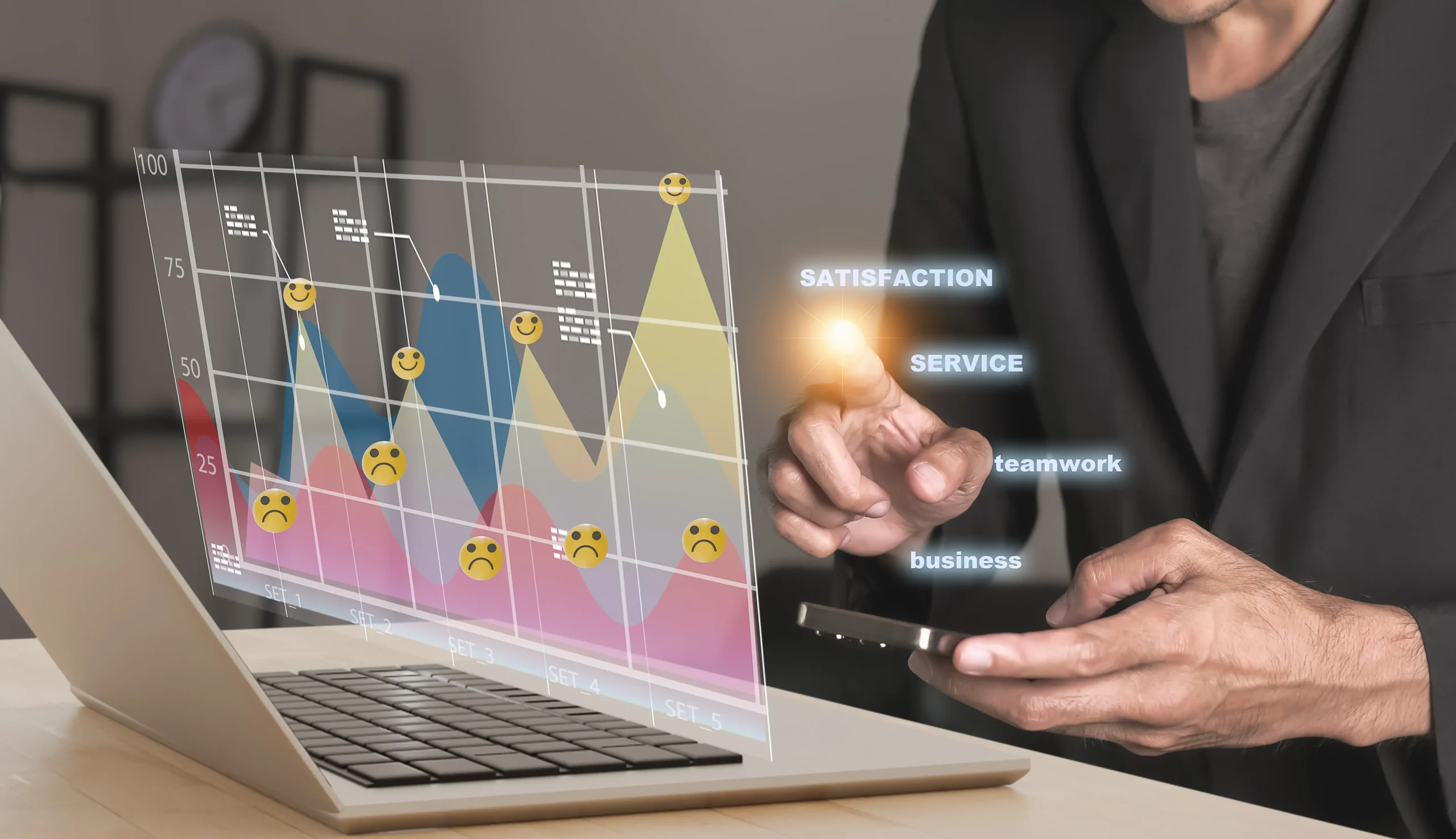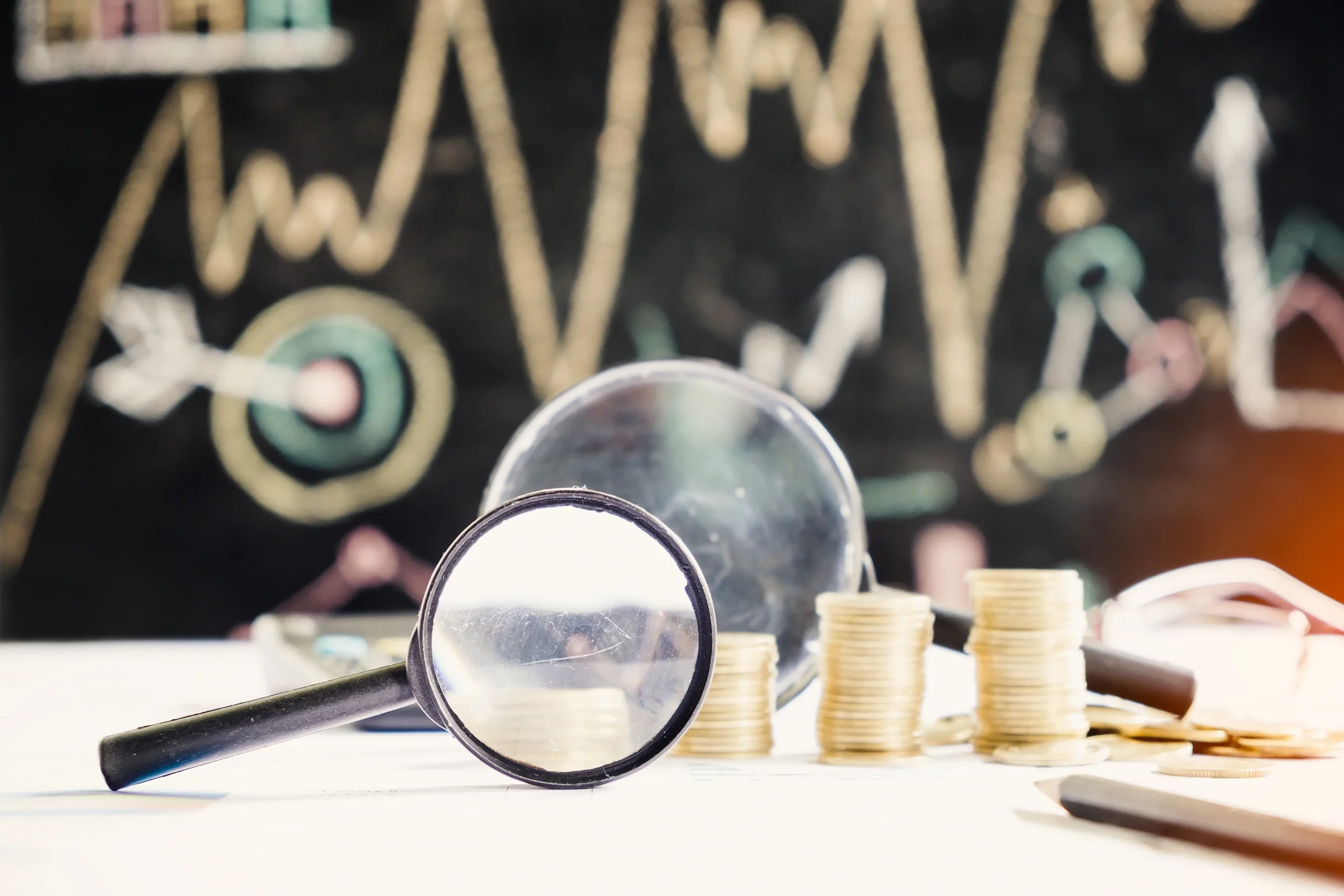One of the most widely used measures in economics is gross domestic product (GDP) and how it is measured. GDP is often mentioned in news reports, government publications, and financial analysis because it provides a snapshot of a country’s economic activity.
This article gives a clear and educational explanation of what GDP is, the different ways it is measured, and why it matters for understanding the economy.
The Definition of GDP
Gross domestic product is the total value of all goods and services produced within a country during a specific period, usually a year or a quarter.
Some important features of GDP include:
- It measures economic output rather than wealth.
- It is expressed in monetary terms, making comparison possible.
- It can be calculated for countries, regions, or even the world economy.
In simple terms, GDP tells us how much an economy produces.
Methods of Measuring GDP
There are three main approaches to measuring GDP, each highlighting a different perspective of the economy.
- Production approach
Adds up the value of all goods and services produced.
- Expenditure approach
Calculates the total spending on goods and services, including consumption, investment, government spending, and net exports.
- Income approach
Measures the income earned by households and businesses, such as wages and profits.
| Method | Focus | Key Components |
| Production | Output of goods and services | Industry production, services, agriculture |
| Expenditure | Spending on final goods/services | Consumption, investment, government, exports |
| Income | Earnings from production | Wages, profits, rents, interest |
Types of GDP
When discussing gross domestic product, several variations are used to provide more context.
- Nominal GDP: Measures output using current prices.
- Real GDP: Adjusts for inflation to show actual growth.
- GDP per capita: Divides total GDP by population to show average output per person.
- GDP growth rate: Measures the percentage change in GDP over time.
These variations help policymakers, economists, and researchers interpret data more accurately.
Why GDP Matters
GDP is widely used because it reflects the size and growth of an economy. It is useful for:
- Governments: Planning budgets, policies, and economic priorities.
- Businesses: Assessing market potential and investment climates.
- Economists: Comparing economies across time and geography.
- Public understanding: Providing a simplified measure of economic performance.
Limitations of GDP
Although GDP is important, it is not a perfect measure. Some of its limitations include:
- It does not account for income inequality.
- It ignores non-market activities, such as household labor.\
- It does not measure environmental costs or sustainability.
- It focuses on the quantity of output, not the quality of life.
Because of these gaps, many experts also look at complementary measures like the Human Development Index (HDI) or indicators of well-being.
Educational Importance
Understanding gross domestic product (GDP) and how it is measured helps explain many economic discussions. It also connects to broader ideas such as:
- GDP calculation methods explained
- Real GDP vs nominal GDP differences
- GDP per capita as an economic measure
- GDP growth rate and economic performance
These related concepts provide a clearer picture of how economies are assessed and compared.
Conclusion
In conclusion, gross domestic product (GDP) and how it is measured is one of the most important indicators in economics. It captures the total value of goods and services produced, helping governments, businesses, and individuals understand the scale and growth of an economy.
While GDP is not a perfect measure, studying it alongside related concepts like real GDP vs nominal GDP differences, GDP per capita as an economic measure, and GDP growth rate and economic performance provides a strong foundation for understanding economic activity.
Risk Warning: CFDs are complex instruments and come with a high risk of losing all your invested capital. You should consider whether you understand how CFDs work and whether you can afford to take the high risk of losing your investment.






